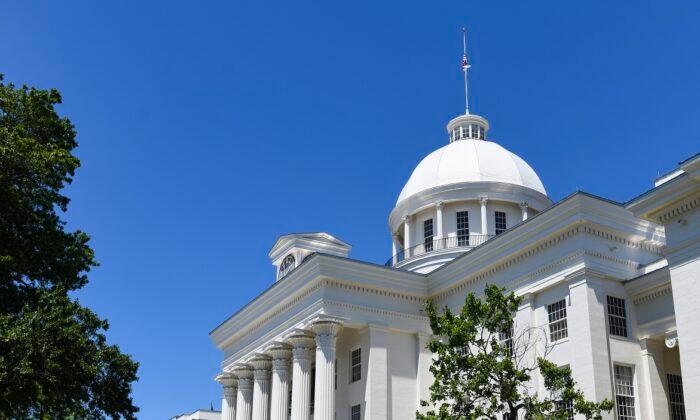Lawmakers in Alabama argued over new maps as required to be redrawn by Friday to follow guidelines set forth in a Supreme Court ruling which upheld the same ruling by a federal district court’s three-judge panel in June.
The legislature was required to redraw districts to conform to Section 2 of the Voting Rights Act (VRA), which prohibits discrimination in voting based on race, color, or previous condition of servitude.
The SCOTUS ruled 5-4 in favor of the lower court’s ruling that said the map that was enacted after the 2020 U.S. Census violated that section of the VRA by “diluting the strength of Black voters in the state.”
The courts ordered the legislature to redraw districts with two majority-black districts or one new one that is close to majority black to fix the likely Voting Rights Act violation, where the prior map contained only one majority-black district.
The Court also rejected Alabama’s proposal to use race-neutral benchmarks in assessing Section 2 claims, finding that it would be impractical and inconsistent with the VRA’s purpose.
In maps passed by both chambers of Alabama’s legislature and signed by Governor Kay Ivey, R, late Friday, the new maps still only have one majority-black district. The makeup of those two districts includes portions of the cities of Birmingham and Selma (District 7) and Montgomery (District 2).
Democrats have a chance to file objections to the new maps, which will be heard by a court on Aug. 14.
Black Representatives Decry New Maps
Black legislators heavily criticized the maps passed along party lines, where the GOP holds a supermajority in Alabama’s chambers, as not being serious and something that courts would ultimately throw out as well.State Rep. Chris England (D) critiqued the lack of transparency in the map’s creation and accused its creators of weakening the VRA.

He warned of potential rejection by federal courts, sees it as a failure of the legislature’s duty, and is skeptical about the success of this strategy.
“There was never any intent in this building to comply with the court,” England said. “There was never any intent in this building to comply with the Voting Rights Act… It’s amazing to me that the black members of the legislature who were allegedly the aggrieved party, weren’t even involved in coming up with the remedial math to solve [this problem].”
England went on to say, “Adopting a completely non-compliant, unconstitutional, VRA-violating map is a bold strategy.”
“This is more or less about creating a second majority-minority district, and that’s what [the court] said,” He added. “We’re going to give you some time to do it, but please come back with something compliant, please come back with something close… And what do we do? Alabama does what Alabama does, and ultimately what we’re hoping for, I guess at some point, is for federal court to do what they always do and force Alabama to do the right thing.”
State Rep. Juandalynn Givan (D) expressed disappointment in the legislature’s defiance of a Supreme Court order and perpetuated racial inequality in the state with the map creation.
She criticized the Republican leadership for their refusal to allow for the election of more minority representatives and placed her hope in the court system and two specially appointed masters to ensure fair district lines.
“I’m ashamed of what we did here this week,” she said on the House floor. “We’ve chosen to outright, blatantly disobey the law and to further attempt and vote to bury the Voting Rights Act.”
Senators Also Critical
Sen. Steve Livingston, R, the senate sponsor, outlined the proposed changes and said the aim of the map he presented was to improve compactness and communities of interest, with a special focus on the black voting-age population in districts two and seven.Sen. Minority Leader Bobby Singleton, D, argued the new map was drawn in a way that favors majority white populations, and limits the representation of African Americans. He claims that the map-drawing process was not inclusive, transparent, or equitable and also suggests it violated the VRA.
GOP Believes Map Meet Court Orders
“Following the U.S. Supreme Court order, I called the Alabama Legislature into a special session to readdress our congressional map,“ Gov. Ivey said in a statement after signing the measure. ”The Legislature knows our state, our people and our districts better than the federal courts or activist groups, and I am pleased that they answered the call, remained focused and produced new districts ahead of the court deadline.”Speaker of the House Nathaniel Ledbetter said he believes the new maps meet the requirements set forth by the courts.
The President of the state Senate also concurred the maps met the court’s requirements.
“I’m confident that we’ve done a good job. It will be up to the courts to decide whether they agree,” Reed said, according to the AP.
The situation in Alabama is being watched closely, as redistricting battles continue in states such as Louisiana and New York.





